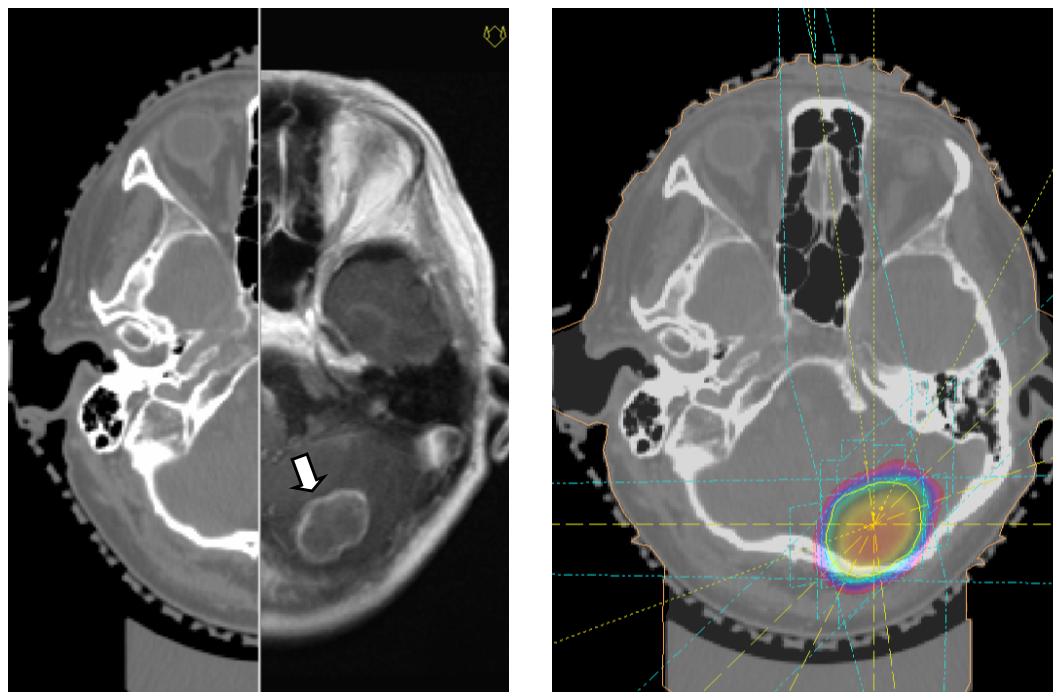Research profile
The main goal of the research activites at the Department of Medical Physics is to improve non-invasive detection, treatment and treatment evaluation of cancer. Non-invasive detection involves image diagnostics such as CT, MR, and PET. For MR, development of new sequences for dynamic and diffusion weighted MRI are of relevance, in addition to 3D spectroscopy. For PET, experimental and clinical experience witth 18FDG as a biomarker is warranted, using both static and dynamic imaging modes. Novel PET tracers such as 60Cu-ATSM (hypoxia marker) and 68Ga-DOTA-TOC (for neuroendocrine lesions) are of great interest. The development of MR and PET imaging is expected to have consequences for radiotherapy (see below). For radiotherapy of cancer, new techniques and strategies for image guidance in order to improve treatment planning and delivery accuracy are of interest. This may increase the probability of tumor cure, while keeping the side effects at a minimum. Treatment planning using MR or PET/CT images is expected to improve tumor delineation, while cone beam CT imaging at treatment offers superior guidance of the patient. The use of intensity modulated radiotherapy (IMRT) is to expand, esepcially for boost strategies.
Coregsitration of CT and MR images of a patient presenting a brain tumor (arrow, left). The MR-based tumor region was transferred to the CT basis, where stereotactic radiosurgery is shown to provide a superior focal dose distribution around the tumor (right).

